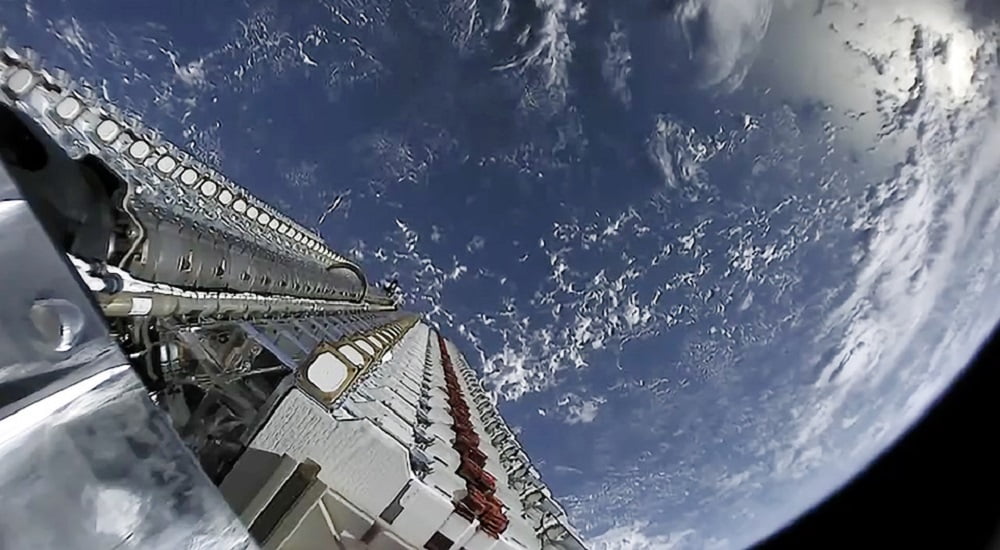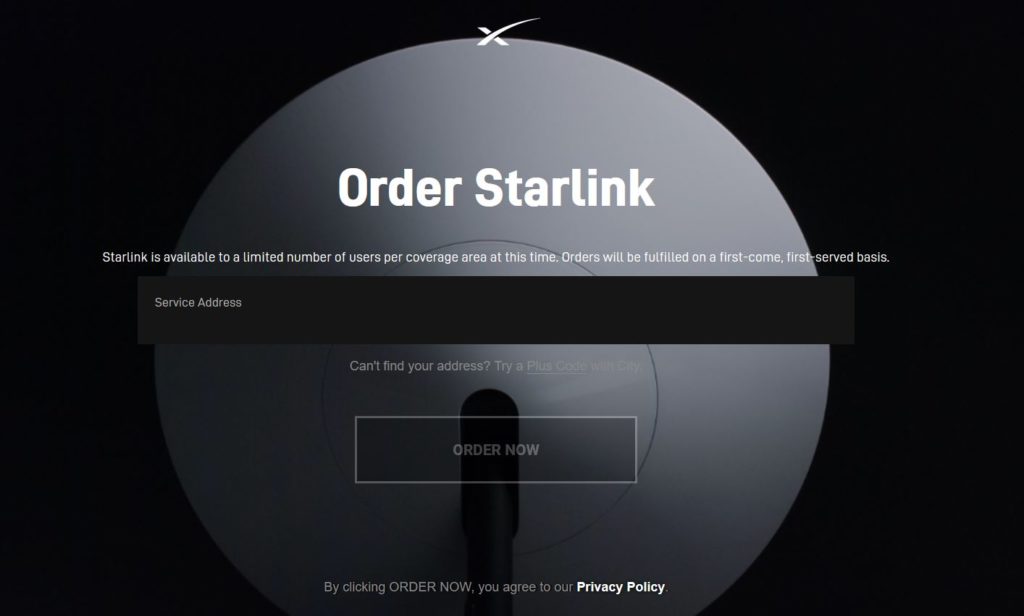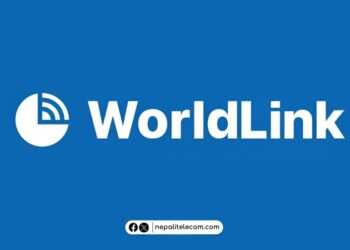Starlink’s broadband internet may launch globally by September this year. The company’s President Gwynne Shotwell says it has deployed around 18,000 LEO satellites and once they reach their orbits, the satellite internet would be ready for its worldwide coverage.
The President did admit that the company is yet to get approvals from respective governments in the countries before it could provide its much-awaited satellite broadband internet.
Starlink is a satellite internet company set up by SpaceX in 2015. The Elon Musk-backed company had two prototype test-flight of satellites in February 2018. Since then, the company has continuously sent more satellites into their orbits for wider network reach.

“We’ve successfully deployed 1,800 or so satellites and once all those satellites reach their operational orbit, we will have continuous global coverage, so that should be like September timeframe,” Shotwell told a Macquarie Group technology conference via webcast. “But then we have regulatory works to go into every country and get approved to provide telecoms services.”
Read: Everything about Amazon’s Space Internet Project Kuiper
Starlink’s Current Availability
Starlink’s beta service is now available in 11 countries that include the US, Australia, New Zealand, and some countries in Europe. In May, Musk said Starllink’s satellite broadband had received 500,000 pre-orders. He also said Starlink will come off its beta in summer.

Meanwhile, Starlink’s low latency internet is now up for pre-orders in India for $99 which goes above INC. 7,000. However, India’s Department of Telecommunications has called on Starlink’s Parent company SpaceX to first acquire its licenses before they could begin their internet service in the country.
Sources have reported that India’s DoT doesn’t intend to be a roadblock in the US company’s ambitions in India. But first, it must adhere to the country’s existing laws and get required licenses to land its much-hyped satellite internet to the Indian consumers. Read: 5G vs Fiber: Find Out Which Is Better?
Starlink Broadband Speed?
Starlink is still in its beta phase and the consumers can expect a 50-150 Mbps connection with around 39ms latency. But when it comes to full capacity, 200 Mbps bandwidth speed may become the norm. However, Starlink can offer much higher speed than what current subscribers are getting.
In its full operation, Starlink promises to deliver internet of 1 Gbps backed by a ‘constellation’ of 30,000 low orbit satellites. As the signal comes from satellites, it will dodge physical obstructions in the ground and reach remote areas where fiber would struggle.
Starlink In Nepal
Starlink is all set to launch its satellite internet in India. It’s probable that many Nepalese also entertain its arrival in the country. A satellite internet would bring a monumental push to Nepal’s broadband drive. Despite dozens of ISPs, uneven terrain and hasn’t allowed for complete broadband coverage all over Nepal. But, satellite internet is not disrupted by any physical structures on the ground. This is why Starlink could compensate for Nepal’s geographical complexities and help connect remote areas with cities. Suppose Starlink gets its license from NTA and begins its satellite internet in Nepal. Let’s ponder upon what could it bring.
First, let’s begin with its cost and it is not too friendly with our pockets. The service is up for grabs for $99 in India which translates to above NRs. 11,000. This amount is not cost-friendly to most Nepali residential users. So, at this price range, we cannot fancy Starlink’s satellite internet finding mass approval. But there is a much significant role it can play.
Check out: Best Internet Service Providers (ISP) in Nepal
Satellite Internet For Remote Areas
Hotel industries, corporate, banks, education, and health sectors can have tremendous scope and productivity with it. These sectors can increase communication, serve more people and reap the benefits with the help of satellite broadband in rural areas. Starlink could help to unleash the potential of remote services in education, health, banking, etc. while the tourism sector can also see more benefits with remote connectivity.
A combination of cellular broadband, fixed-line broadband, and satellite internet could potentially realize the government’s ultimate Digital Nepal goal and bridge the digital divide.
But given Nepal’s already crowded ISP market, and purchasing habits of current internet consumers, Starlink may not see commercial viability. The question begs, will Elon Musk’s company wish to launch its service in Nepal? Only time will tell. For now, we will have to wait and see how Starlink will approach its global expansion strategies.
What do you think of Starlink’s global launch plan? Will it become an alternative to fiber internet in the future? Let us know what you think in the comments below.













